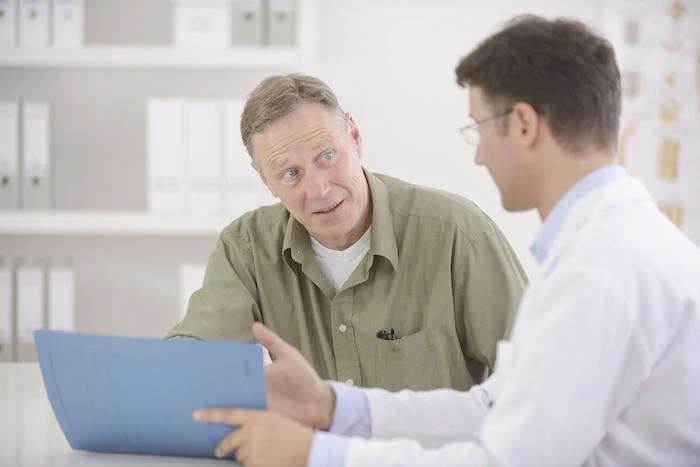There’s a good reason why 50,000 neurostimulators are implanted annually — this approach to pain management is not only effective, it also avoids potentially risky surgical or pharmacological solutions.
For these reasons, and more, Dr. Anjum Bux and our team here at Bux Pain Management offer neurostimulation as part of our wide range of pain management services.
If you’re considering your options for managing your ongoing pain and improving your quality of life, explore the role neurostimulation can play.
Straight to the source with spinal cord stimulation
The problem with many types of pain is that the issue can’t easily be resolved, such as degenerative processes in your body that lead to nerve compression. You’re aware of the condition and doing all that you can to remedy it, but your nervous system keeps firing all the same.
When you’re dealing with this type of pain, it makes sense to target your nervous system, which is responsible for creating the discomfort in the first place. This system is divided into two main parts: 1) Your central nervous system — your brain and spinal cord, and 2) Your peripheral nervous system — the nerves in your body.
With neurostimulation, we direct our pain management efforts straight into your spinal cord, which is the main passageway between your central nervous system and your peripheral nervous system.
The mechanics of neurostimulation
To interrupt the pain messaging in your body, we implant a device called a spinal cord stimulator, which emits electrical impulses into your spinal cord. These impulses interfere with the communication between your brain and your peripheral nerves, reducing the pain signaling.
While this technology isn’t necessarily new — it’s been in use for more than 50 years — we’ve gained a much better understanding of how to best use this therapy in terms of placement and energy needed. Through adjustments in pulse widths, frequencies, and amplitude, we’re able to tailor the neurostimulation to your unique needs.
Once we implant the neurostimulator, you can decide when to send the pre-programmed pulses with a remote control device.
Where neurostimulation can help
There are many different conditions in which neurostimulation can play a role, and we list a few of the more common here:
- Degenerative diseases, such as disc disease and arthritis
- Spinal stenosis
- Spinal cord injuries
- Neck pain
- Post-surgical pain
- Failed back surgery syndrome
- Complex regional pain syndrome
- Fibromyalgia
If you don’t see your condition on this list, it doesn’t mean that neurostimulation isn’t an option for you. To figure out whether neurostimulation may be right for you, please contact one of our offices in Lexington, Cynthiana, or Danville, Kentucky, to set up a consultation.







